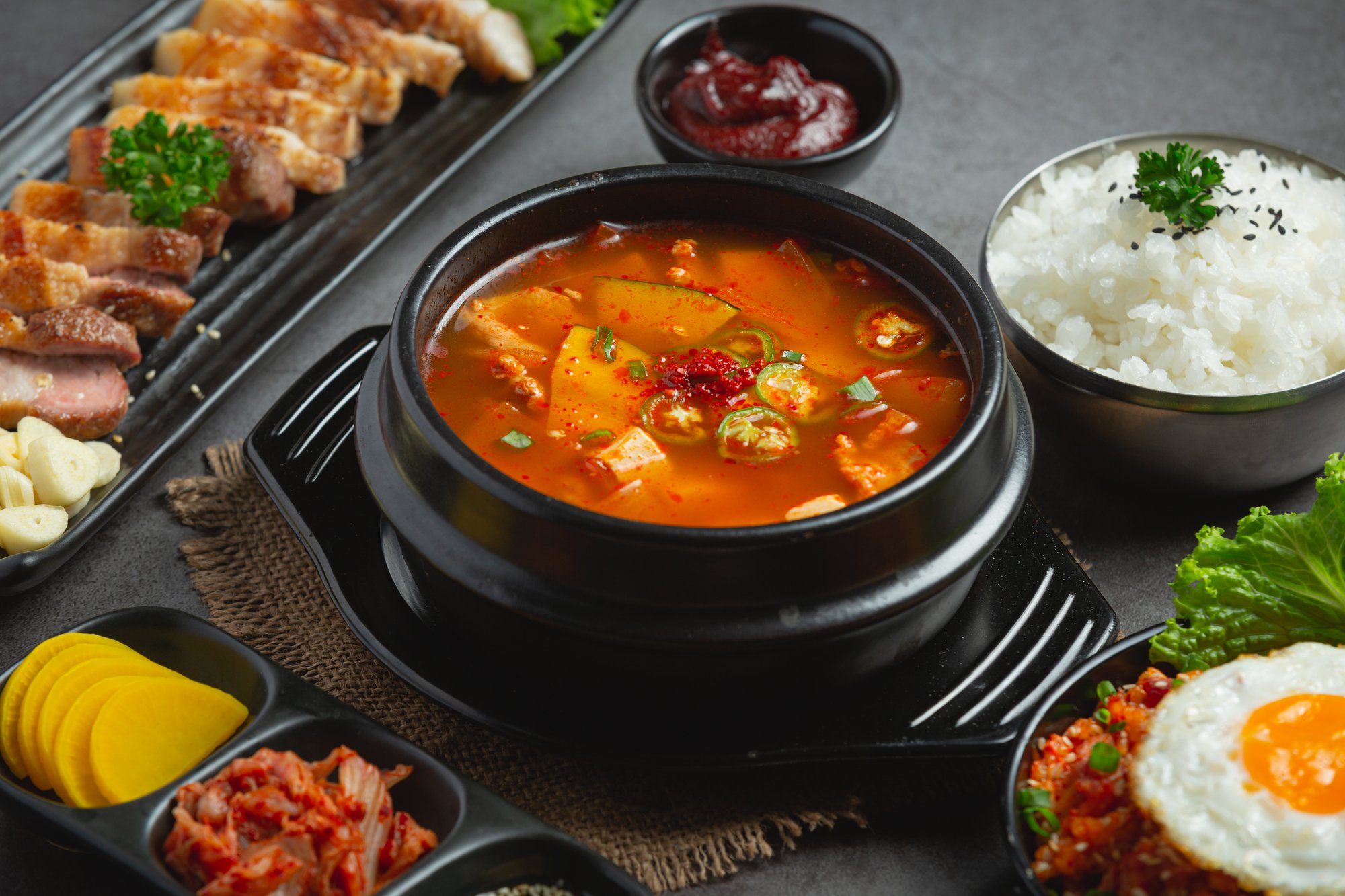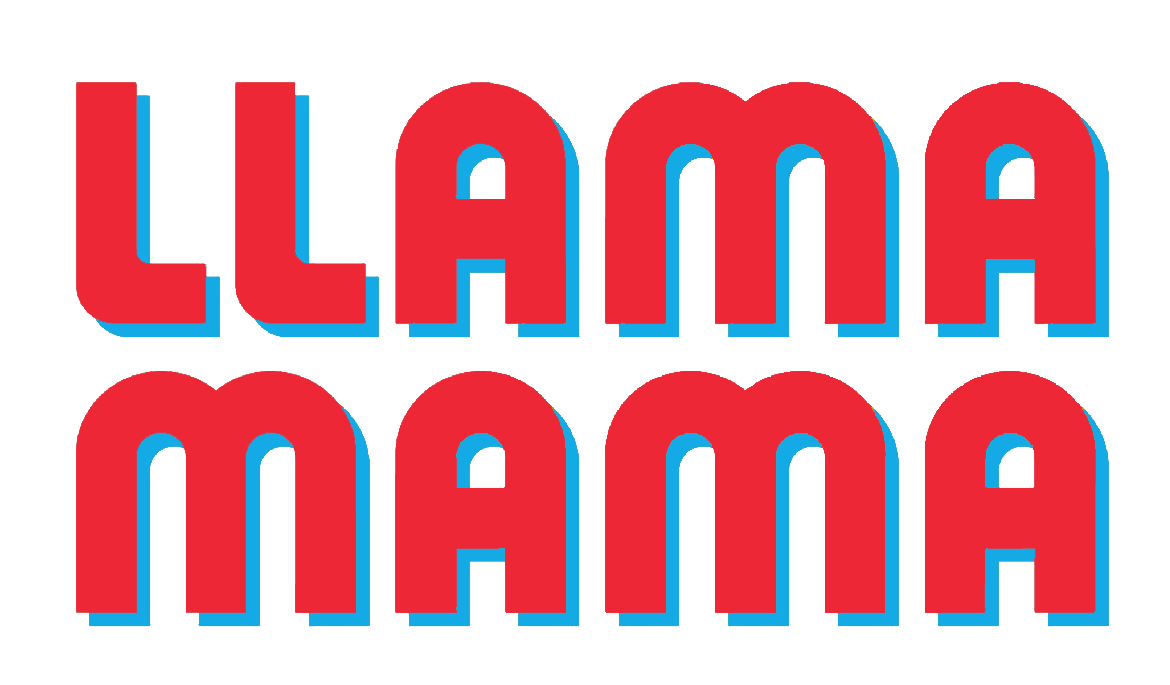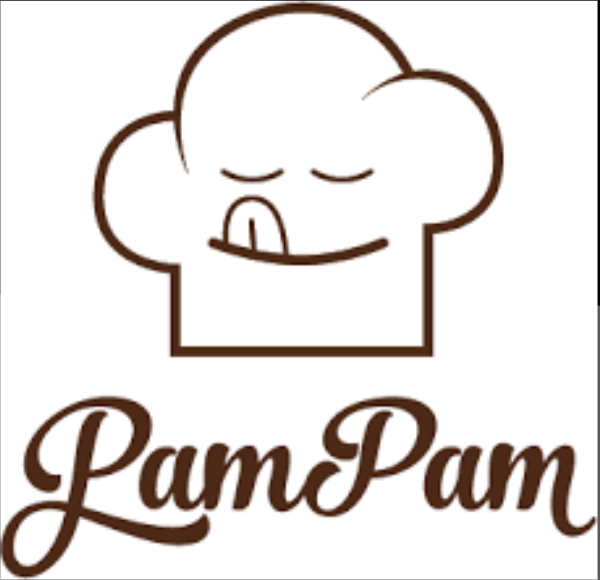Launching your product through e-commerce in Japan is a big endeavour. Operationally, there’s a lot to consider. Import, setting up inventory management and order fulfilment, marketing, and more. The last thing you need is to be sweating about which platform is best for your product and project. Don’t worry, we’ve got you covered. In this article, we give you an overview of F&B e-commerce in Japan and the platforms you need to know.
*We hope this is a good starting point. But stay tuned for more. We're working on posts to demystify the complex operational aspects of F&B e-commerce too!
Japan’s E-commerce Scene
Japan is an important player when it comes to e-commerce. In 2019, it was the third-largest e-commerce market by revenue, bringing in $104.04 billion that year.
Of that, “food and personal care” takes 16% of the pie, on par with travel as the most popular online product category. The pandemic saw an increase in online grocery shopping, and it's still going on. Meal kits and organic and health foods are particularly popular.
As for when people are buying? The answer will surprise you. Although there are still many commuters spending time on their phones, 67% of e-commerce transactions are completed on a browser. The Japanese market favours text-heavy sites with minimal white space. This can pose a difficulty for reformatting for mobile.
So which platforms are taking the most screen time? Let’s explore Japan’s top e-commerce sites for food and beverage products.
Top Platforms for E-commerce in Japan
Amazon Japan
- Sales in Japan: 23,071 million USD (~3 billion yen)
- Import support: Yes
- Ease of set up: Easy
- Ideal for: All F&B products
Amazon is the top platform for e-commerce in Japan, and is top for food and beverage also.

Their launch of Amazon Fresh gave them an extra boost during the pandemic. The service guarantees fresh produce like meat and vegetables, offering a refund if the customer is not satisfied.
Another attractive feature for merchants is their FBA (Fulfilment by Amazon) program. This is “the process of storing, packing, and shipping orders, as well as handling returns and exchanges.” The program gives you less to worry about and even handles customer service and returns, which is a big win.
The downside with Amazon is the relative lack of branding opportunities. Customers are loyal to the platform, not the store. They aren’t as likely to navigate to the store page as they might be with other sites. The FBA program also means you lose control of your logistics. However, that is an opt-in program. You can choose whether to handle the logistics yourself, instead.
Rakuten
- Sales in Japan: 1,681,757 million yen
- Import support: No
- Ease of set up: Medium
- Ideal for: All F&B products
Rakuten is Japan’s local e-commerce site. It has grown to be the second largest in the country, with an estimate of over 500 million monthly visitors.
If Amazon’s lack of branding opportunities is a problem, then Rakuten’s digital storefront approach is for you. Rakuten offers you more than just a simple list of similar items. It allows you to personalise your digital space. There's many different potential layouts and designs to reflect your brand. This is great news for the food and beverage industry, as you’ll want to encourage repeat customers and multiple purchases.
However, the storefront approach is not without its hurdles. In fact, it’s quite like having your own physical store. You will be in charge of everything from inventory to customer service. This is certainly a positive for having a hold on your brand identity. But, it puts more pressure on you to find resources to manage operations.
Pal System
- Sales in Japan: N/A
- Import support: No
- Ease of set up: Hard
- Ideal for: products produced in Japan, organic products
Pal System differs to our first two e-commerce sites in a few ways. Mainly, it is food and beverage focussed and it requires a consumer membership.
Pal System is a consumers cooperative. Consumers can pay to become a member and be involved in its management and use. So, Pal System is separated by region, and if a user moves region, they must sign up for the new region.
As for the interface, its easiest to think of the Pal System as an online supermarket. Users are given a catalogue to choose their items, and the items are delivered in a batch once a week. The same organization running Pal System also runs the Co-op Deli which has a focus on their own-brand goods and is less useful for outside businesses.
The Pal System is an interesting e-commerce option for your products in Japan. But it has a high barrier to entry than the platforms mentioned so far. They uphold high standards for their products. To be considered, you must attend meetings and go under review. To pass, you should show clearly your production and shipping methods, and environmental efforts. In short, Pal System is one of the most demanding e-commerce platforms in Japan.
Lohaco
- Sales in Japan: N/A
- Import support: No
- Ease of set up: Medium
- Ideal for: Foods, especially staple goods
Lohaco has a smaller but very dialled-in audience. The focus of the platform is lifestyle and food and beverage goods and is catered toward younger women. The style and feel of the website clearly reflect that audience, reeling them in with appealing branding and seasonal goods.
Lohaco is focused on lifestyle and stylish goods. In line with this, they work with manufacturers to create packaging that suits Lohaco users’ needs. Packaging is a big part of your product's brand, so seeding design to Lohaco may feel uncomfortable. But remember: localization is key to winning in the Japanese market.
Belluna Gourmet
- Sales in Japan: N/A
- Import support: No
- Ease of set up: Easy
- Ideal for: Wines and spirits
Belluna is a company with various business segments such as clothes and cosmetics, all aimed at a female demographic. One of those segments is Belluna Gourmet, which accounts for 13.7% of their total sales. The site has many different selling methods. Consumers can buy single items as with a regular online store. Or, they can sign up to one of their cyclic services. “Hanpukai”, for example, where users receive a selection of goods once a month.
One of the attractions of Belluna Gourmet for overseas sellers is their “My Wine Club” service. It prides itself on offering users wines directly from the region that might otherwise be hard to find in Japan. For 13 years, the service has been consistently ranked as the number one in market share out of all domestic mail-order wine. It’s safe to say this is a popular platform if you’re looking to break into the Japanese market with your wine export.
Oisix Ra Daichi
- Sales: 113,476 million yen
- Import support: No
- Ease of set up: Medium
- Ideal for: sustainable food products
Oisix Ra Daichi is an e-commerce platform that focuses on organic products. It’s a subscription delivery service that has a network of 4,000 nationwide producers and a loyal customer base of 340,000.
Given that their main focus is on farm-to-table, this might seem like a difficult platform to break into from abroad. While that may be true if you’re intending to sell individual products, one of their main affiliate companies is the America-based Purple Carrot. Purple Carrot is a vegan meal kit producer, who localised their products for Japan, producing meal kits such as vegan gyoza. If your company is passionate about organic food that is kind to the earth, Oisix may be the right option for you.
Other alternatives for e-commerce in Japan
As well as the big names we’ve covered here, there are also some smaller e-commerce platforms that might be worth considering. The Meat Guy specialises in – you guessed it – meat. The site is particularly popular among the expat community in Japan for items that are otherwise hard to find here, such as pepperoni. This is a good option to sell international residents the international food that they’re used to, such as flavoured meat and spices.
Another small platform is LuxuryCard, an exclusive online store for high-end goods. This targets a decidedly wealthy portion of the market, as it is only accessible to those who can afford a premium MasterCard. This could be a good option to sell luxury food and beverage items like high-end whisky.
Your e-commerce journey in Japan doesn’t end there
In reality, your e-commerce journey in Japan is more complex than choosing a platform. You have to figure out your operations; import and inventory management, localized marketing, and more.
Knowing the platforms is essential, but each one of them is different in terms of models. Some offer direct import. Others don’t. All have different rules and regulations for use. In short, there’s no one size fits all approach to setting up your e-commerce in Japan. You need to piece together all the different bits of the puzzle….
That’s where GourmetPro comes in. Our end-to-end assessment gives you the best recommendations for your opportunities in Japan. That includes your route to the e-commerce market. But we don’t stop there. Our dedicated experts can take care of setting up your e-commerce business operations so you can save time and get straight to business!
Contact us below to find out how we can support you.


%206.png)
.svg)






.svg)



.svg)
.svg)
.svg)

.svg)

















































.png)



















































